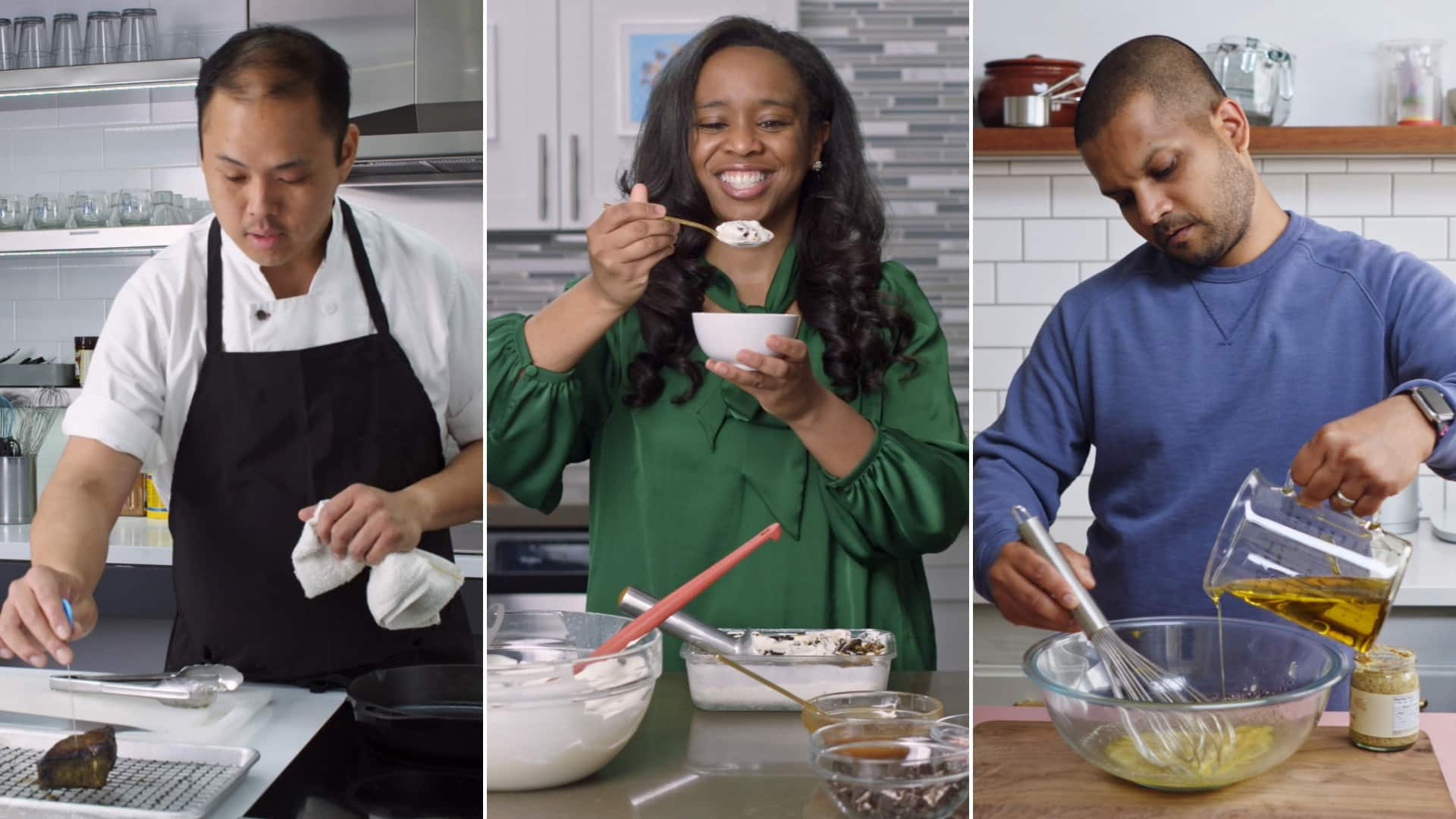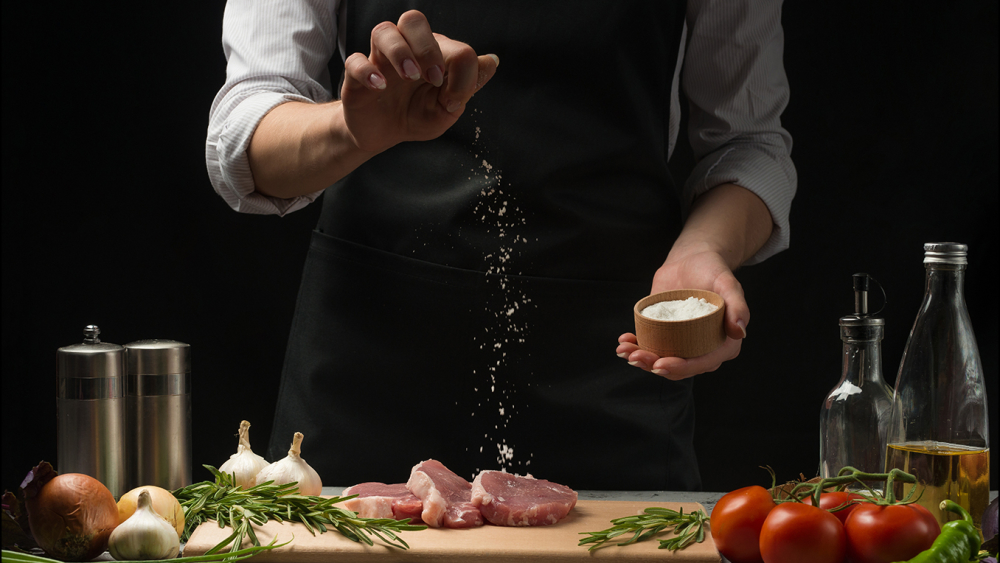
Before you decide which cooking oil is right for you, there are many things to consider. Oils that have been heated too long can cause undesirable results, such as smoke, toxic vapors and bad flavor. Some oils can be used for sauteing and roasting while others can make harmful chemical compounds by being overheated. The following table will assist you in choosing the right oil to suit your specific cooking needs.
Oils made from nuts and seeds
Although mainstream nutrition experts aren't concerned with seed oils being unhealthy, many health professionals are now saying that they cause inflammation. This can lead to chronic diseases such heart disease, obesity, and other conditions. Joe Rogan recently interviewed Paul Saladino (a nutrition researcher at University of California Berkeley) for three hours. Cate Shawan referred to the most prevalent seed oils currently on the market as the “hateful eight."
Safflower oil
This guide will show you how to cook Safflower oils. Safflower oil has high smoke points, making it an excellent choice for cooking over high heat. Safflower oil has a smoke point of around 450 degrees, unlike other oils which have smoke points below 250°. Safflower oil is great for baking, sauteing, or frying.
Peanut oil
Peanut oil can be used in cooking, but you might not know that peanut oil is good for your kitchen. This versatile oil has high smoke points and a pleasant flavor. Peanut oil should not be used as a substitute for vegetable oils. This article will discuss a few important factors you should consider before you begin cooking with peanut oil. This article will discuss the many benefits of peanut oil in cooking. You will be able to make informed choices about how you use this oil in your kitchen.

Sesame oil
Sesame oil offers many benefits. A great place to start with is its nutritional content. Sesame oil contains high levels of vitamin E and omega-3 fatty acid. This versatile oil will help increase your body's production of vitamins and minerals. It can also help lower your chances of developing cancer. Deep-frying sesame oils can have unfavorable effects.
411
You may have heard of olive oils. It's a rich source of monounsaturated fats, antioxidants, and minerals and can withstand high heat. Olive oil can be used for baking, however, it is best used at the very end of cooking when delicate flavors are desired. Olive oil is best paired with coconut, chocolate, and citrus flavors. Vegetable oil has a higher content of saturated oil and is the most used cooking oil in commercial kitchens.
Canola oil
Canola oil is one of the most widely used cooking oils today, and for good reason. It is stable, and it is easily found at a reasonable price. The average grocery store can sell one small bottle for approximately $20. Like all oil, canola comes with its own advantages and disadvantages. Here's how to choose the best canola oil that suits your cooking needs. This oil is a secret weapon for many professional chefs.
Olive oil
You need to ensure that you are choosing the best olive oils for your cooking. Olive oil is stable at temperatures up to 420°F, but can easily be damaged by light. Its aroma is similar to that of a rancid crayon. Olive oil should be stored in dark bottles, away from heat and oxygen. To preserve its quality, it is important to seal the container tightly.

FAQ
Do I have to go to culinary school in order to be a professional chef?
No. No. Some went to culinary school simply to gain experience. Many chefs prefer to attend culinary school for the increased opportunities to learn and grow as professionals. Culinary schools offer students hands-on training, which helps them build valuable skills and improve their cooking knowledge.
How to Become a Chef?
There are many avenues to become a professional chef. A course at a local community college or vocational school is a good place to start. Next, consider attending culinary school. The last option is to apply for a job as a paid intern.
What is the best career path for someone who wants to be a chef? How can I get started in my career as an chef?
You should start as an apprentice if you are interested in becoming chef. Apprenticeships give you the opportunity to work for many years without having to pay tuition fees. After completing your apprenticeship, you can apply for a position as a sous chef. Sous chefs are responsible for supervising cooks and helping them prepare salads or desserts. They also supervise the operation of the restaurant.
What should a beginner chef learn?
Start cooking something simple, such as pasta, rice, soup. You can learn how to cook by looking at a cookbook or watching a YouTube video. Cooking is fun when you do it with someone else. You can cook together as a family or with friends.
What is the best way to store leftovers?
Tupperware containers can be used to store leftovers. These containers keep foods fresh and prevent odors from forming. These containers keep food warm for longer periods of time. Frozen leftovers can be kept in freezer bags. You can freeze leftover food by placing it in another freezer bag. This will prevent any air from escaping. Once the food is frozen place it in an airtight container, such as a zip lock bag.
Is it possible to be self-taught?
Self-taught cooking is possible! It is something everyone enjoys, regardless of their level of cooking ability. Learn how to cook at home. Start small with simple things like spaghetti sauce or pancakes for breakfast. Experimenting with new recipes is the best way to learn to cook. It's possible that you will make mistakes.
It takes anywhere from several hours to several weeks to learn how to cook, depending on your skill level. Cooking is more than following recipes. There are many ways of cooking food. So if you have an idea for a recipe, use it.
How Do I Learn About Cooking?
There are numerous cooking classes offered across the country. Many schools offer classes in baking, pastry, wine tasting, and more. A local community college, vocational school, or private institution can offer classes in cooking.
Statistics
- under 10 Kids have been taught that there is special food just for them, and Fiese says that 10 percent of kids will throw a tantrum if they don't get the food they want. (washingtonpost.com)
- On average, chefs earn $58,740 a year, according to the BLS. - learnhowtobecome.org
- In the United States, the category is estimated at $23.2 billion annually and is growing faster than the market. (washingtonpost.com)
External Links
How To
How to make a perfect omelet
Omelets are one of my favorite foods to eat at breakfast. How do you make them perfect? I have tried many different recipes and methods, but none of them work. So I am sharing some tips and tricks today to help you make fluffy, delicious omelets every morning.
It is important to know that eggs can be temperamental when making omelets. They must be fresh, preferably from the organic market, and be kept cold until cooking. You must keep them cool enough to allow the whites to form properly and the yolks to become too runny if they're not kept at the right temperature. Your omelets will look strangely colored if this happens. If you intend to cook your eggs immediately, it's best to use room-temperature egg.
Another tip is to separate your egg before adding it into the pan. You don't want the white to get mixed with the yolk, as this could cause the egg to curdle.
If you add the egg directly onto the stovetop, you might end up burning the bottom part of the egg, which would ruin the texture of your omelet. Instead, put the egg in the microwave for 10 seconds before putting it into the pan. The microwave heat is sufficient to cook the egg without overcooking.
Next, let's discuss mixing the eggs. When mixing eggs, it is important to thoroughly beat them. You can do this by turning the bowl of your mixer upside down. Now shake the bowl vigorously. This allows the air to be whipped and the egg to be mixed thoroughly.
The fun part is now - adding the milk to the mixture. Pour half the milk into the beaten egg mixture and then fold in the eggs. Do not worry if you see streaks of egg; they will disappear when the omelet is flipped.
After folding the eggs, place the pan on medium heat and wait for the oil to start sizzling. Once the oil starts getting hot, add 1/4 cup of butter to the pan and swirl it around to coat the entire surface of the pan. Open the lid and sprinkle salt on the pan. The salt will help to prevent the omelet's sticking to the pan.
Once the omelet has formed completely, cover the pan and let it set for a few minutes. Flip the omelet upside down or with a spatula. Cook the other side for about a minute. Serve the omelet immediately by removing it from the pan.
This recipe works best using whole milk. Skimmed milk is also possible.